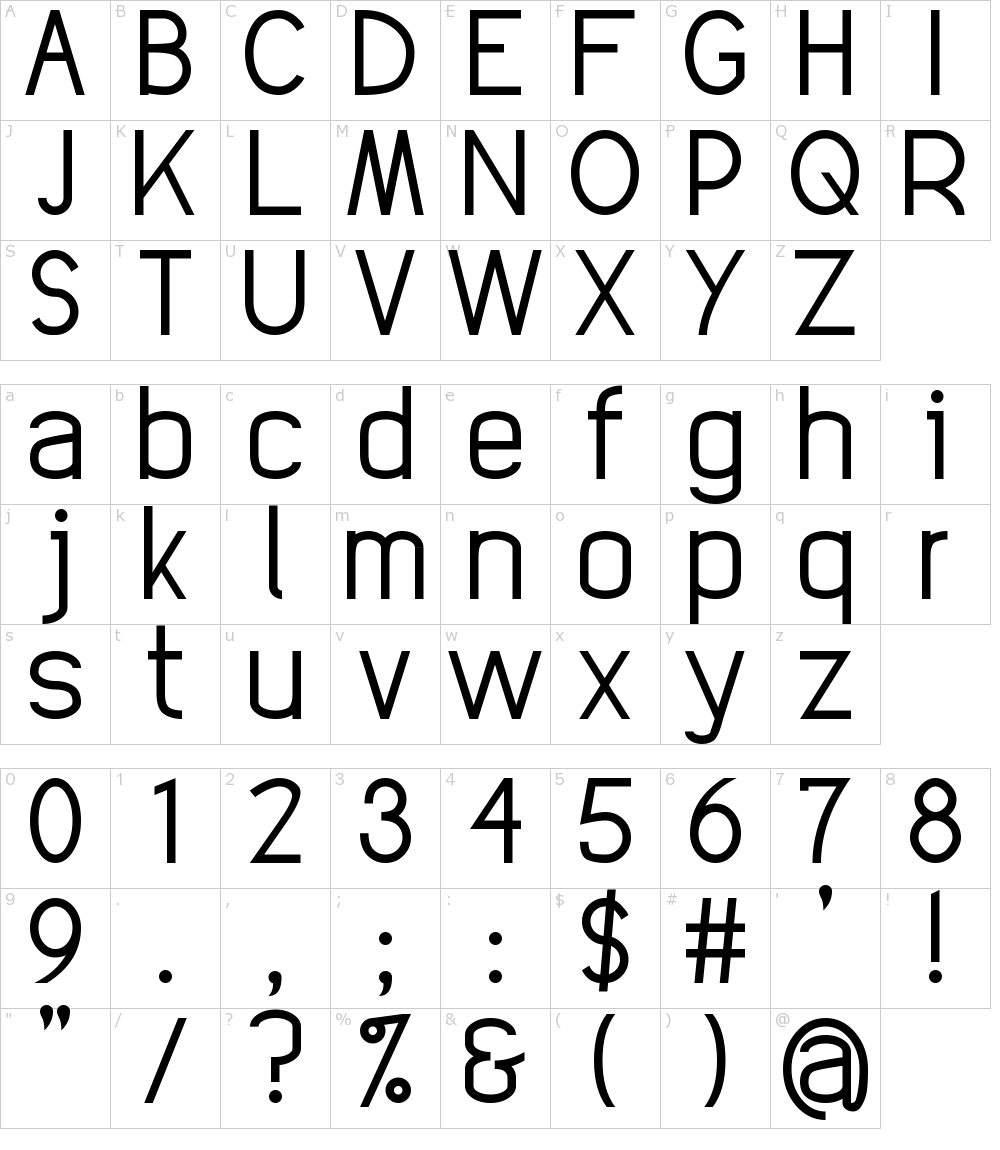

Support for multiple built-in fonts and loadable single-stroke fonts. Here's what I intended on doing:ĭisplay and plotting of circular arc segments in character as well as straight line segments. The property editor now shows properties of layer "0".I don't find the NewStroke font acceptable for fabrication outputs. In the property editor (View > Property Editor), change the selection at the top from "All" to "Layer".Activate layer "0" in the layer list (View > Layer List).Tick the option "Display properties of current block and current layer" Make sure that the property editor shows properties from layers:Įdit > Application Preferences > Widgets > Property Editor:.This information can be edited with a text editor or within QCAD as follows: CXF File HeaderĬXF fonts store additional information about the font in a simple, human readable font header. QCAD needs to be restarted to reinitialize all the CXF fonts in its "fonts" directory. Saving a CXF Fontįont files can be saved like drawing files using File > Save or File > Save As.

If a font already contains glyphs for many characters, you might want to copy an existing block with a similar glyph using Block > Copy Block.
#Fonts to use in qcad drawing code#
You can look up Unicode codes in the Code Charts section of the official web site of the Unicode Consortium. To add a new glyph currently not present in a font you need to add a new block with the name, for example "0x0041 A" for a capital A. Splines may be used, but are converted into polylines during export. In the CXF format, glyphs can contain lines, arcs and polylines. Glyphs should have their reference point 0,0 at the lower left corner of the baseline. When the font is used for a text entity, it is scaled by QCAD according to the text height chosen by the user. Geometry of Glyphsīy convention of the CXF format, a capital "A" should be constructed with a height of 9 drawing units. You can switch the auxiliary lines off by switching off layer "Auxiliary". These are not part of the font and are only meant to provide some guidance when creating and editing glyphs. The glyph is then shown in the graphics view of QCAD:Īuxiliary lines may be shown, depending on the font. To open and edit a font glyph, double-click on its block. Each block representing a glyph has a name in the format " ", for example "0x0041 A" for a capital "A" with Unicode 65 (41 in hexadecimal). Make sure the block list is visible ( View > Block List), so you can easily navigate through the font glyphs. The font glyphs (representation of the various letters and symbols in the font) are loaded into QCAD as block definitions. In this case, you might want to move the font file to another folder for editing. Note that depending on your installation path, your login credentials and your operating system, this directory might be read-only. The fonts that come with QCAD are stored in directory "fonts" of your QCAD installation. Then choose the font file you want to open. To load an existing CXF font file in QCAD to view and edit its glyphs, simply use the menu File > Open and choose the format filter "CXF Font Files (*.cxf)". QCAD can load and edit fonts in CXF format. QCAD can use any TTF font installed on the system and CXF fonts available in its fonts directory. Line fonts are also often used for engraving or other further processing. Line fonts are sometimes used in CAD instead of TrueType fonts. QCAD comes with a collection of line fonts in its own CXF format.


 0 kommentar(er)
0 kommentar(er)
